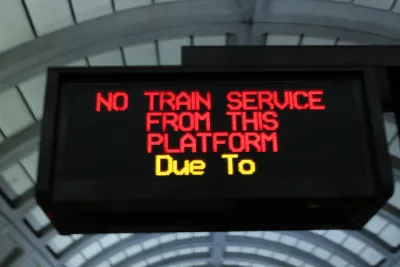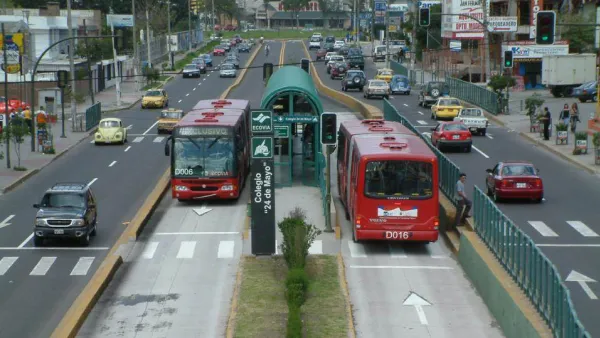Jarrett Walker discusses some reasons why transit authorities can be resistant to change. It all comes down to considering their point of view.

Putting yourself in a transit agency's shoes, says Jarrett Walker, is the best way to understand why they can be slow to change or innovate. Walker goes through a list of factors underlying that conservatism, including:
- Complex federal regulations: "I'm not commenting on the worth of each of these regulations, but can certainly testify to their cumulative impact. I've seen countless situations where elected officials were demanding that something get done fast, and the correct answer was that Federal mandates and processes simply prohibit that."
- Intentionally adversarial labor relations: "Most big cities have progressive elected officials who care about both transit workers and transit riders, but both of those voices have to be strongly present in the conversation, because ultimately they want opposite things."
- Conflicting direction from elected officials: "If you demand both ridership and coverage from your transit agency — and most people do want both — then you're giving contradictory direction, and someone needs to force you to be clearer about what the priorities are."
- A penchant for keeping things running smoothly: "So when some egghead planner shows up wanting to change the transit system, it's easy to see them as just another disruption — not fundamentally different from the car crash blocking the your rail line."
FULL STORY: Why Transit Authorities Sometimes Resist Change

Analysis: Cybertruck Fatality Rate Far Exceeds That of Ford Pinto
The Tesla Cybertruck was recalled seven times last year.

National Parks Layoffs Will Cause Communities to Lose Billions
Thousands of essential park workers were laid off this week, just before the busy spring break season.

Retro-silient?: America’s First “Eco-burb,” The Woodlands Turns 50
A master-planned community north of Houston offers lessons on green infrastructure and resilient design, but falls short of its founder’s lofty affordability and walkability goals.

Test News Post 1
This is a summary

Analysis: Cybertruck Fatality Rate Far Exceeds That of Ford Pinto
The Tesla Cybertruck was recalled seven times last year.

Test News Headline 46
Test for the image on the front page.
Urban Design for Planners 1: Software Tools
This six-course series explores essential urban design concepts using open source software and equips planners with the tools they need to participate fully in the urban design process.
Planning for Universal Design
Learn the tools for implementing Universal Design in planning regulations.
EMC Planning Group, Inc.
Planetizen
Planetizen
Mpact (formerly Rail~Volution)
Great Falls Development Authority, Inc.
HUDs Office of Policy Development and Research
NYU Wagner Graduate School of Public Service




























